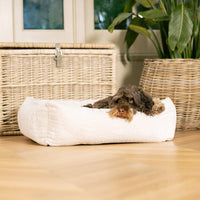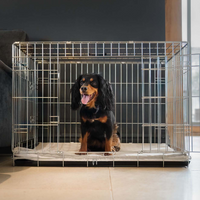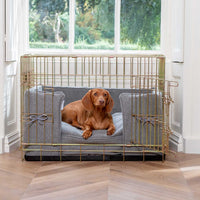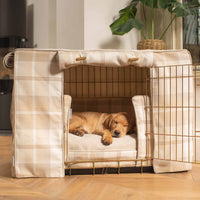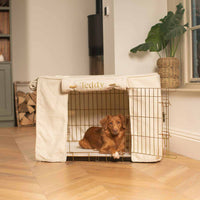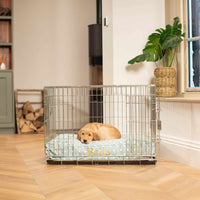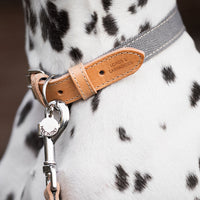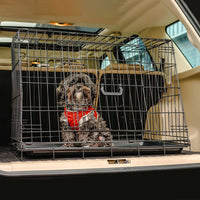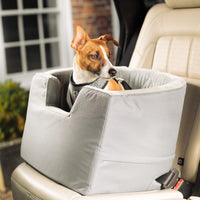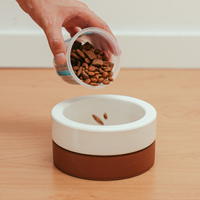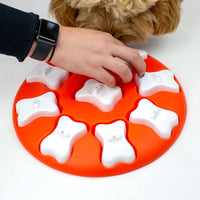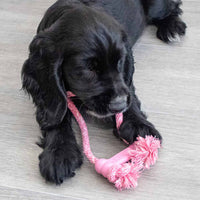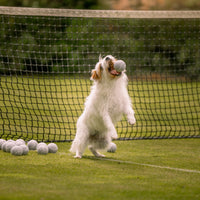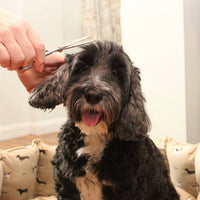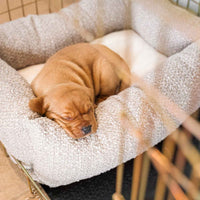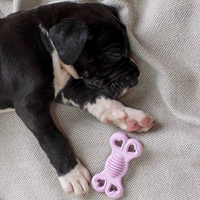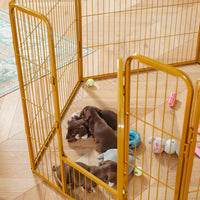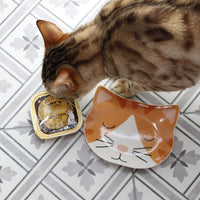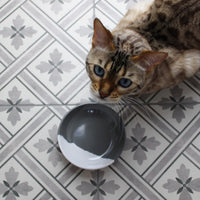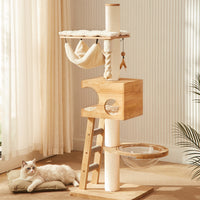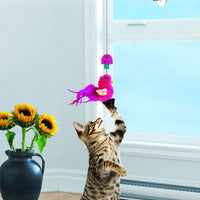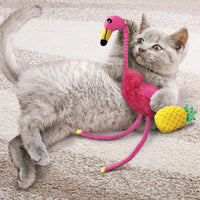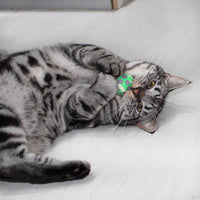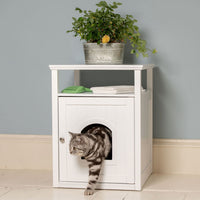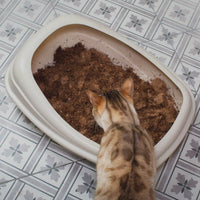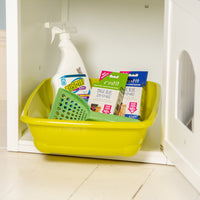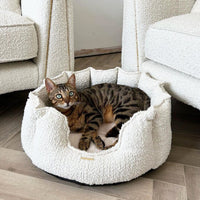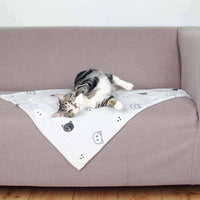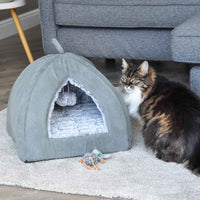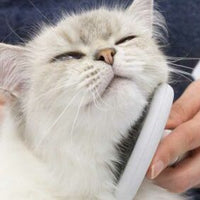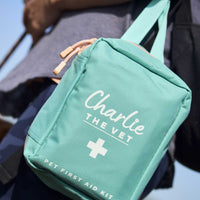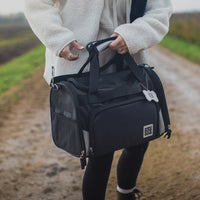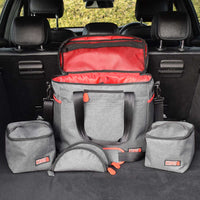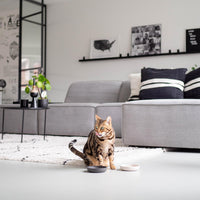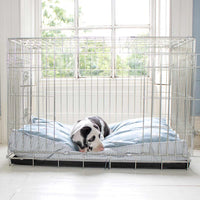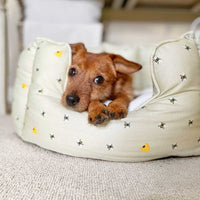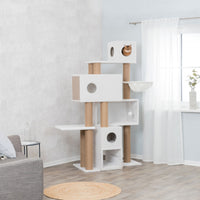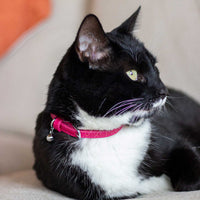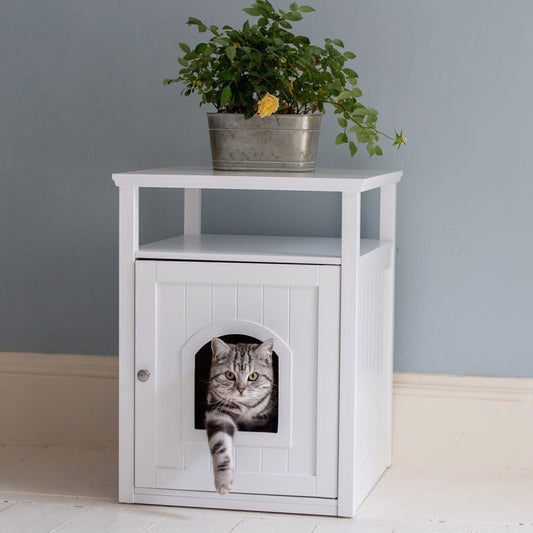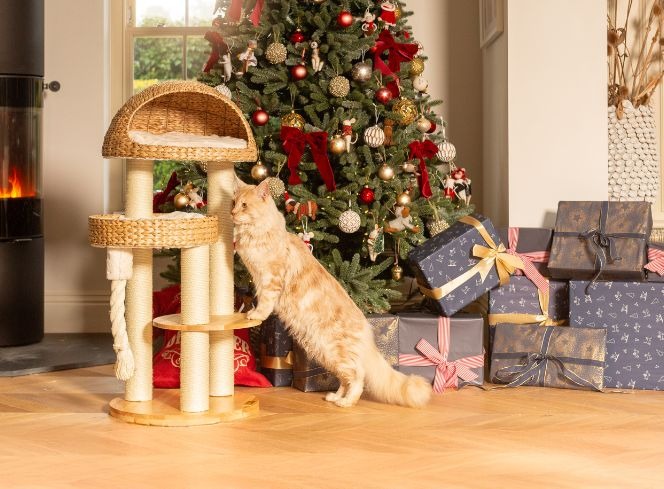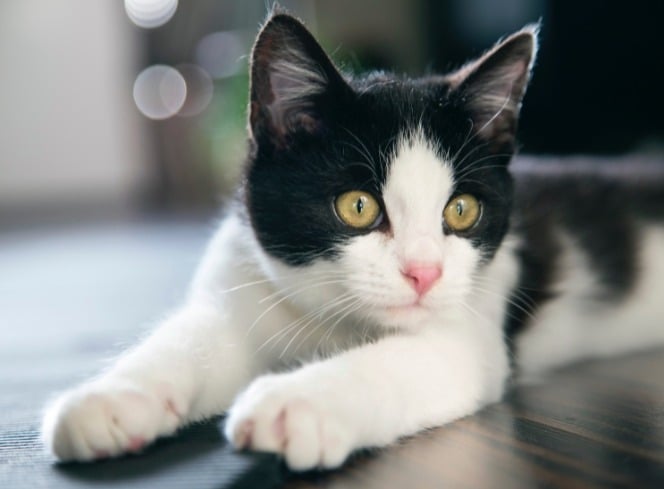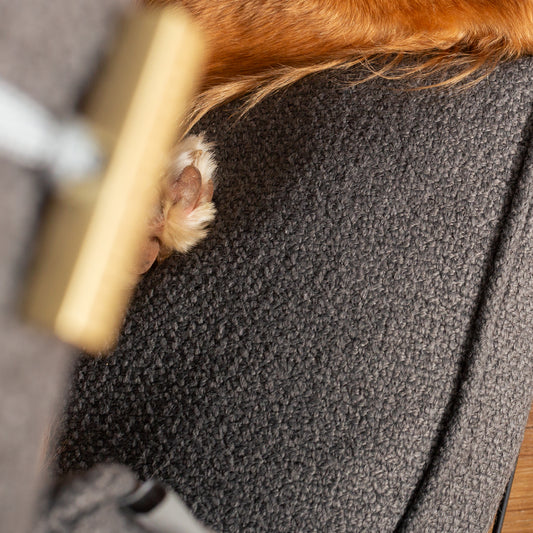Most cats will learn how and where to toilet from their mother at a very young age and many people find their kitten knows what to do from the moment they bring them home. All it takes for such kittens, is to show them where the litter tray is and they will take to using it straight away.
For other cats it can take a little more encouragement though. Nervous kittens may take a little time to become accustomed to their new surroundings and feral cats may not know how to use a tray at all. Whether you’re litter training a new kitten or retraining an older cat, this guide will provide some tips to help you and your feline friends on the right track.
Choosing The Litter Box
Size is important as your cat needs plenty of room to do their business, turn around and cover it up. If the litter box is too snug, your cat may just not want to use it. Choose a box that is easy for your cat to get into, but also plenty large enough for them. We’d usually suggest erring towards a bigger box so your cat feels comfortable - you also don’t want your cat to feel it’s full too quickly as they may stop using the tray. If you have a small kitten or your cat is elderly, try to choose a tray with lower sides to allow them to enter and exit with ease.

Hooded Litter Tray Or Uncovered?
Both options have their pros and cons. Uncovered trays may be more inviting to cats who seem unsure about a litter tray; hooded trays offer privacy which most cats appreciate. The latter can however, trap odours which can make a dirty litter tray unappealing and larger cats can have find it difficult to move around inside unless you manage to find an extra large version. If you can, it might be worth trying both styles to see which your cat prefers.
Choose A Good Location
We all know cats can be rather picky; they’re also very clean and like to bury their waste. Choosing the right spot is of the utmost importance as this will determine your cats likelihood to use the litter tray.
It should be within easy access, but also slightly out of the way as cats like their privacy. If you have room for more than one litter tray it might be worth having multiple trays so they don’t feel they have far to roam to get to the tray.
Where To Put The Cat Litter Box?
Placement is really important in making your cat feel safe. Place your litter tray in discreet corners or adjacent to walls so that your cat has a full view of approaching danger but is also protected from behind.
Try not to place your cats litter tray where they eat and drink, find a low traffic area in your home and avoid full-length windows looking out over the garden, cat flaps, and external doors where the threat from strange cats outside may be particularly evident for your cat.
It's important to take proper care of the litter box. It will make using a litter box a more pleasant experience for your cat.
Setting Up The Litter Tray And Keeping It Clean
Choose a good quality litter and make sure to keep it clean as much as possible. We suggest a clumping litter - it tends to be made up of fine granules, covers mess easily and keeps litter smells to an absolute minimum. It’s also comfortable for your cat to walk on, further encouraging your cat to use the tray. Clumping litter is also super easy to clean, as you can just scoop out the dirty bits on a daily basis and fully cleaning on a weekly basis, making the litter last longer.

Ensure you use enough litter for your cat to be able to cover their business comfortably, but refrain from using too much as you don’t want an excessive amount of litter to be kicked out of the tray. Between 2-4” of litter is recommended. Start at the lower end and if your cat seems dissatisfied and wants more litter to dig in, then top up as required. A Litter Mat to pop outside the tray is a great idea to catch any excess litter that may be kicked out of the tray.
Whilst your new kitten is still training leave one or two clumps in the tray to remind them where to toilet, but after this period keep the tray as clean as possible, removing clumps daily. The biggest cause of cats eliminating outside the tray is a dirty litter box. We suggest a full tray clean once a week. Empty the tray completely and wash with warm water and a gentle pet safe soap - no harsh chemicals. Make sure the tray is thoroughly dried after you've washed it, before you refill with litter.
Teaching Your Cat To Use The Litter Tray
As we noted before, most cats will learn what to do from their mother and will generally continue learning in the new home. If they do get confused initially, or don’t know what to do, don’t scold them but encourage them in the right direction. When you first bring your kitten home show them where their things are including the litter tray. You could show them what to do by physically placing them in the tray. Show them how to dig in the litter with your finger and their natural instinct should kick in. The main thing is to be patient and trust your cat will learn.
What Do I Need To Litter Train My Cat?
To give you and your feline the best chance, make sure you have all the things you are going to need to ensure litter training is a success. You will need the following:
-
Litter Box - You’ll need two litter boxes for one cat, or three litter boxes for two cats. Make sure when choosing where to put the litter trays, they’re in a suitable place for both you and your cat. Your cat will need some privacy as if they’re too exposed, they might not feel safe enough to use them.
-
Litter - Here at Lords & Labradors we know cats can be particular with the litter they take to. You’re best to start with an unscented, clumping litter, and then once your cat is fully litter trained, you can experiment with other litters.
- Treats & Toys - When they successfully use their litter box, reward them with their favourite treat, or favourite toy. Create positive associations with using the litter box - but be aware you'll need to wean your cat off expecting a food-related treat every time she uses the box.
How To Train A Cat To Use The Litter Box
Once you have all the correct gear for starting litter training, you will actually need to get your cat involved in the training. By following these easy steps, you should have a fully litter box trained cat in no time.
- Start by showing the boxes as soon as your cat arrives home, by setting them in the box and letting them sniff and examine their new toilets. Be sure not to move the boxes once you've shown them to your cat, to avoid confusion.
- Set your cat in one of the litter boxes immediately after meals and after they wake up from naps. If you notice they’re behaving like they need to go to the toilet, often this might look like sniffing and/or crouching in a particular area, pick them up and put them in one of the litter boxes.
- Make sure you reward your feline whenever you notice them using their litter box. Praise and/or give them a treat or a toy.
- Remember not to punish or scold for any accidents. Doing so will only lead to stress and anxiety, which may exacerbate the problem and make training more difficult.
Many cats need to eliminate after playtime, so playing near the litter tray is a good way to encourage them to use their litter.

Medical Problems
If your cat’s tray goes unused, you need to check everywhere to make sure they are going at all. If your cat isn’t eliminating they may have an obstruction and veterinary help is imperative. If your litter trained pets start urinating outside the box, this could be a sign of urinary tract problems. Cats with these problems often look for cooler surfaces such as tiles or wooden floors. Again seek the advice of your Vet immediately as these issues need to be treated as a matter of urgency.
Why Does My Cat Poop Outside The Litter Box?
Once any medical causes have been ruled out, start to look for patterns that may point to the possible cause of your cat using anywhere but the litter tray. Your cat may find the actual litter box offensive and you may need to look for an alternative litter tray. Or perhaps they prefer a certain type of surface? Try to replicate the surface they prefer in their litter box to entice them back to using their toilet. Don’t forget to make sure the tray is clean and the litter is fresh, as like us humans, your cat will not want to use a dirty toilet.
If your cat does eliminate outside the tray, rather than simply putting faeces in the bin, put it in the tray where they should have done it. Your cat will smell it and it will help remind him what the tray is for. If your cat continues to toilet in the same place outside of the tray, make sure you clean it thoroughly as your cat is more likely to toilet in the same spot if they can smell it. You could try placing food and water in that spot once clean, to help deter them from doing it again.
Don’t panic!
The main thing is not to panic, and be patient. Cats are clean animals and tend to take pride in their grooming and home. Persevere and your cat will be later trained in no time.
If you have any questions do get in touch, we’re always happy to help!


